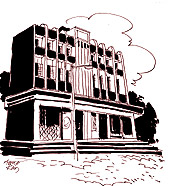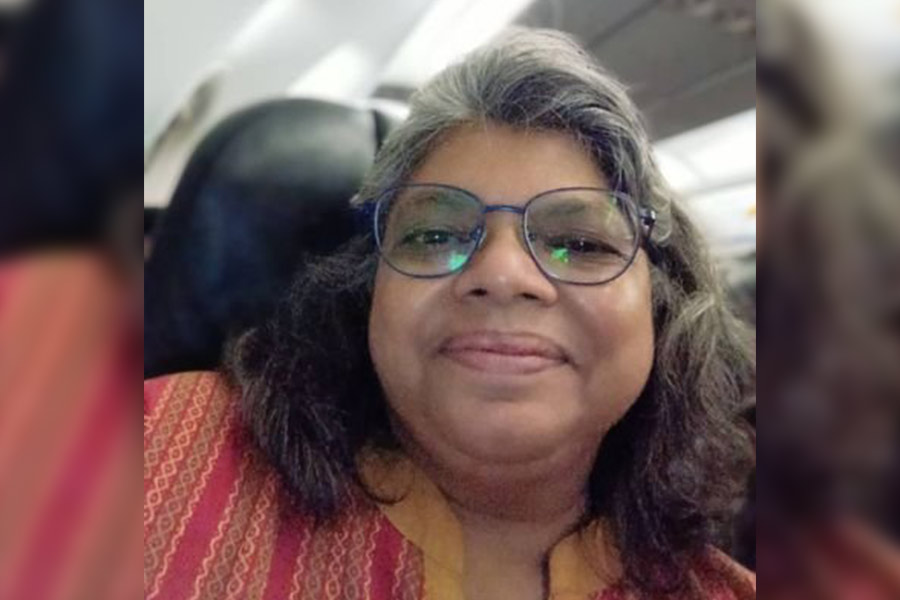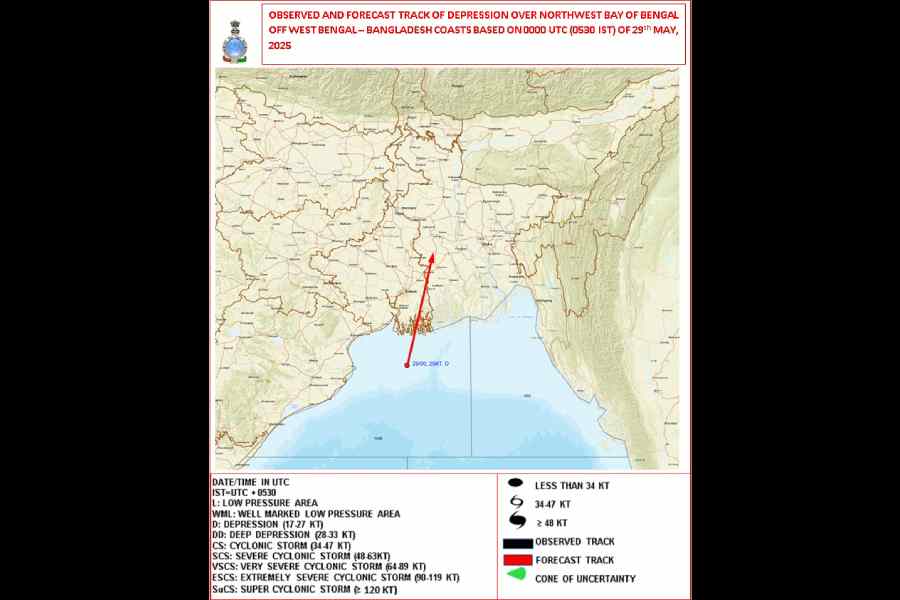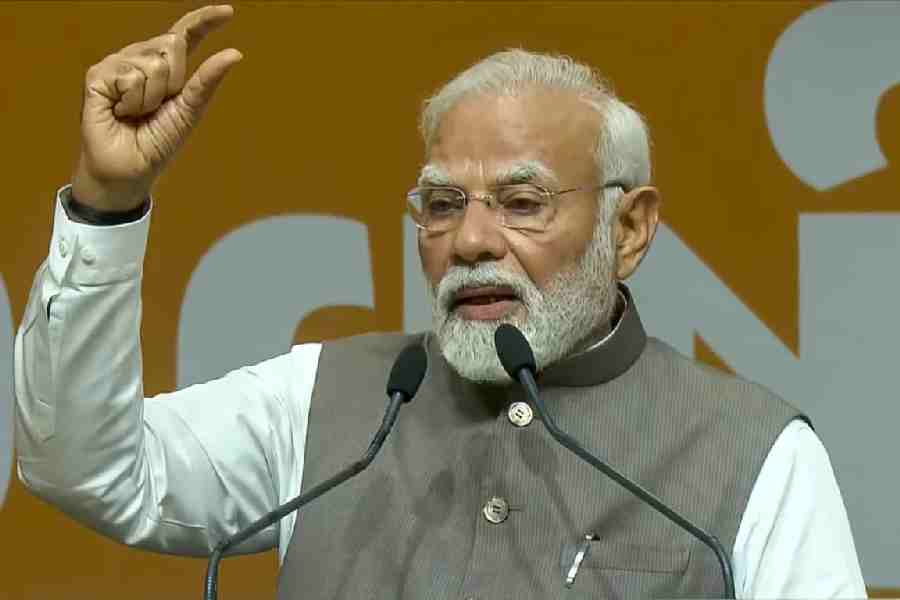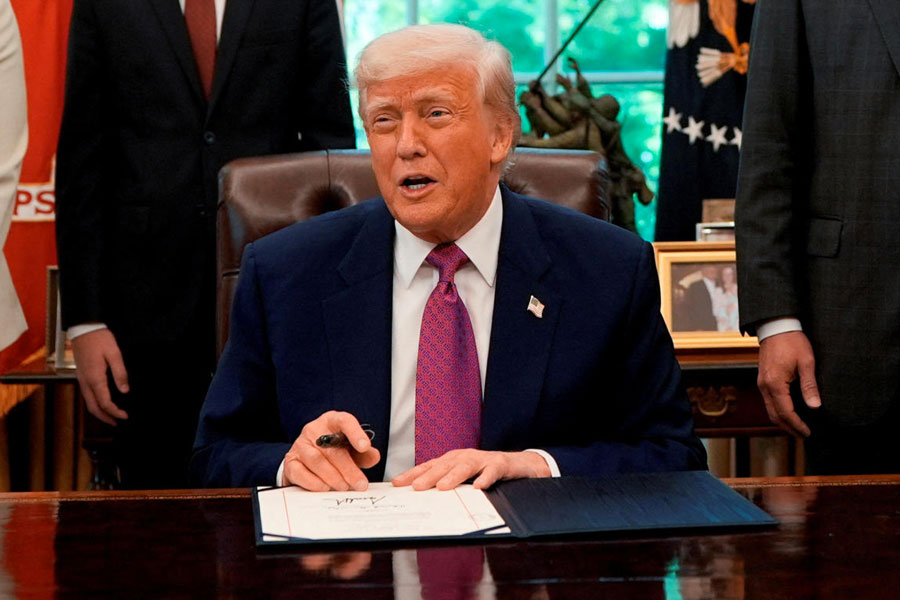 |
On July 18, 1894, Charles Lyall, the then chief commissioner of Assam, noted in his file that the “time has come for a sustained and systematic endeavour to arrest the process of destruction of such historical manuscripts as still survived in the province.” His views were endorsed by Edward Gait, the then census commissioner of India, who was at that time compiling the materials for his research on Assam. In fact, Gait faced immense difficulties in his work, which prompted him to submit a “Report of the Progress of Historical Research” in Assam, which was published in 1897.
Both Gait and Lyall felt the necessity of establishing a separate department for pure historical studies in the province of Assam, which had no university. John Richard Cunningham, the director of public instruction of Assam submitted a formal proposal, which was accepted by the governor of Assam. Thus, the Department of Historical and Antiquarian Studies (DHAS) was established in 1928 in Assam to “promote the knowledge of history”. The department’s principal functions were collection, preservation, compilation, transcription and publication of records. In 1929, A.H.W. Bentinck was appointed its provincial director while J.P. Mills and Surya Kumar Bhuyan were appointed assistant directors for Surma and Assam valleys respectively.
The cradle of the DHAS was the office of the superintendent of the Hindu hostel of Cotton College, and for some time, the Muslim hostel. For some time, the department also functioned from the vacated kitchen of Surya Kumar Bhuyan at Cotton College, who later became the provincial director of the DHAS. Bhuyan gave his heart and soul towards the development of this unique government department. As initially, the DHAS had no office of its own. Bhuyan solved the problem by offering his office room at the college. The DHAS used to function only from 2 pm, after college hours.
During the summer of 1933, official work started from the commissioner’s complex as “Bhuyan’s new house was not fitted with a fan.” Because of administrative reasons and better security considerations of the collected manuscripts, a portion of the office was shifted to the commissioner’s office complex on February 1, 1933.
During the very first decade of its establishment, the DHAS did excellent work. It published about 35 books and bulletins and collected thousands of rare manuscripts, a number of copper plates, inscription and coins. Till the 1960s, there was considerable demand for the DHAS publications in the Oriental circles of Europe. “We announce with gratification that our department counts among its friends and encourages distinguished Orientalists of India, Great Britain, France, Germany, Holland, America and China,” said Bhuyan at an official function.
Need was gradually felt for a permanent building for the department. As the government could not make budgetary provision for the building for successive years, Bhuyan approached Raja Hariharprasad Narayan Singha, the Raja of Amawan and Tikari and a generous zamindar from Bihar who came to Guwahati and Shillong in 1933 for making donations. He promised funds, but later expressed regret for personal constraints.
However, Rai Bahadur Radhakanta Handique came forward and donated Rs 10,000 to the government to construct a building to be named after his wife, Narayani Handique, “a lady of extraordinary ability.” The government allotted a plot of land adjacent to the Cotton College. The government also took a number of considerations while allotting the land. In fact, the intelligentsia in Assam was optimistic that in due course of time, Cotton College would be elevated to the status of a university and, therefore, the department might act as a resource base for historical research in future.
The new Assam-type building was constructed by the public works department during 1936-36. It was named the Narayani Handique Historical Institute and was inaugurated by Michel Keans, the then governor of Assam on April 4, 1936. He said on the occasion, “The site where we stand, close to Cotton College, was chosen so that it may link up with a future university. One cannot, but be impressed and astonished at the scope of variety of the work accomplished in so short a time... What a magnificent promise it holds.”
Today, the institute which houses the DHAS has about 2,500 original manuscripts, 25,000 books, many copper plates, inscriptions, coins and puthis of immense historical value. Some of the proud possessions include the original manuscript of Hastividyarnava, the classic Assamese treatise on elephant behaviour; Ghorar Vidya Puthi, a treatise on medicines for ailments of horses; original nats of Sankardev, Gopaldev and Madhavdev; and Nitilatankur, a treatise on the Indian art of warfare by an Ahom military general. At the initiative of the present director Jiten Das, the DHAS has added the personal library of S.K. Bhuyan to its collection.
A new multi-storeyed structure has been added to the institute to expand the reading room and the library, but the office of the DHAS is functioning from the same old building of the Narayani Handique Historical Institute.
Dipankar Banerjee

